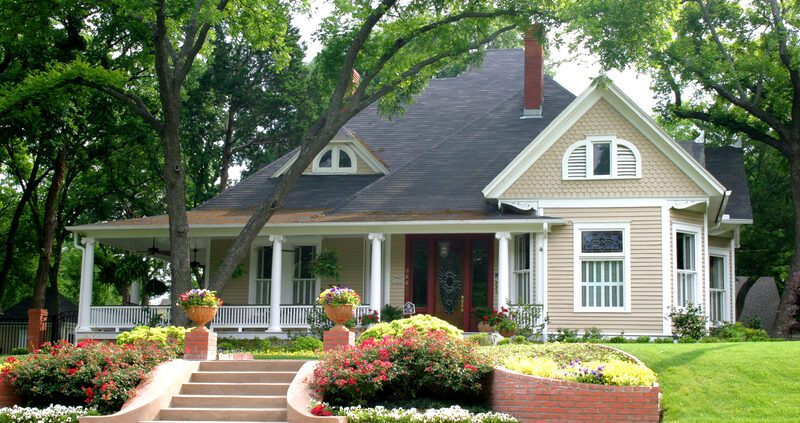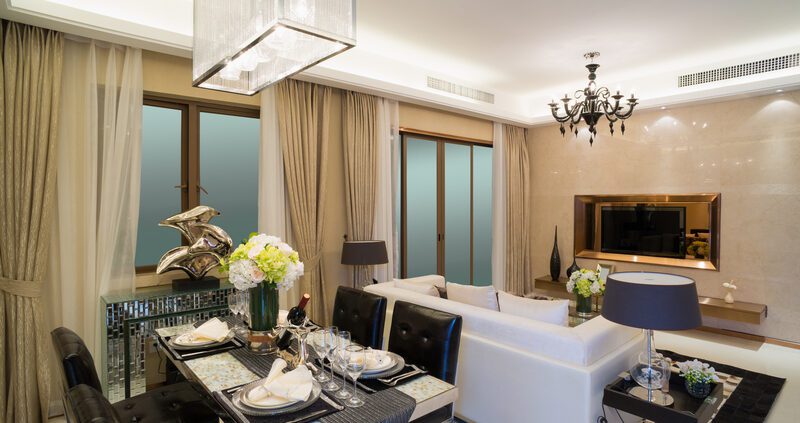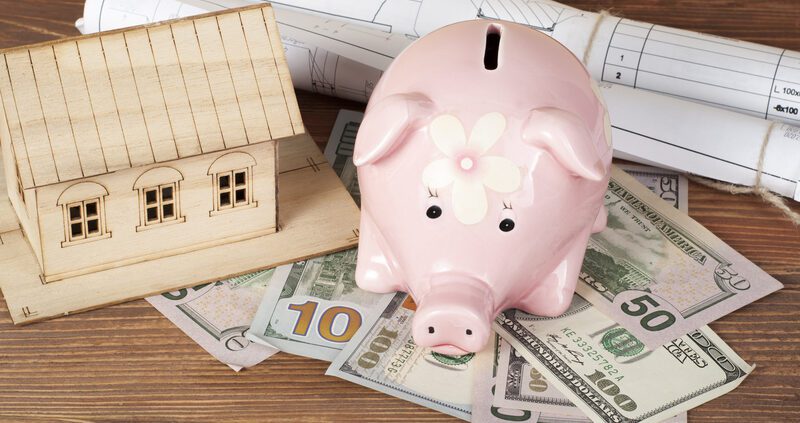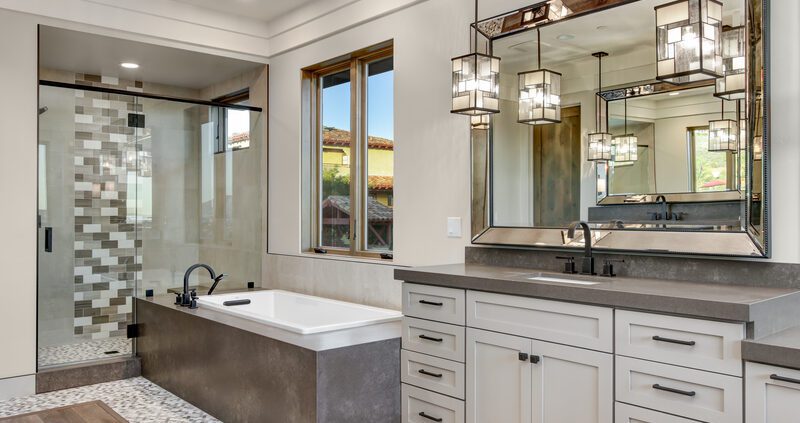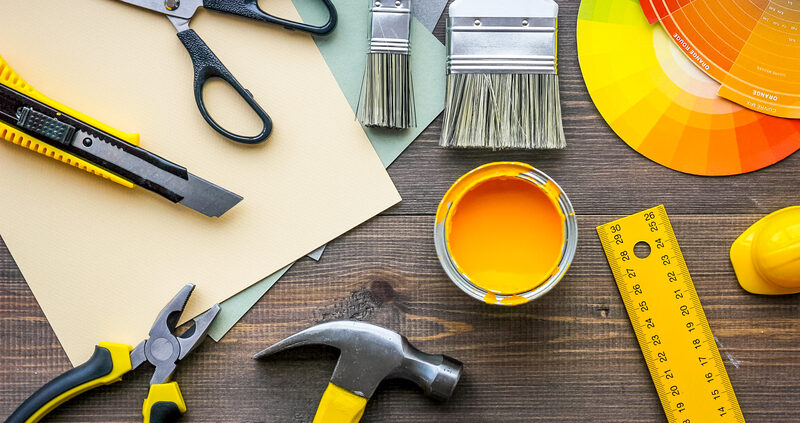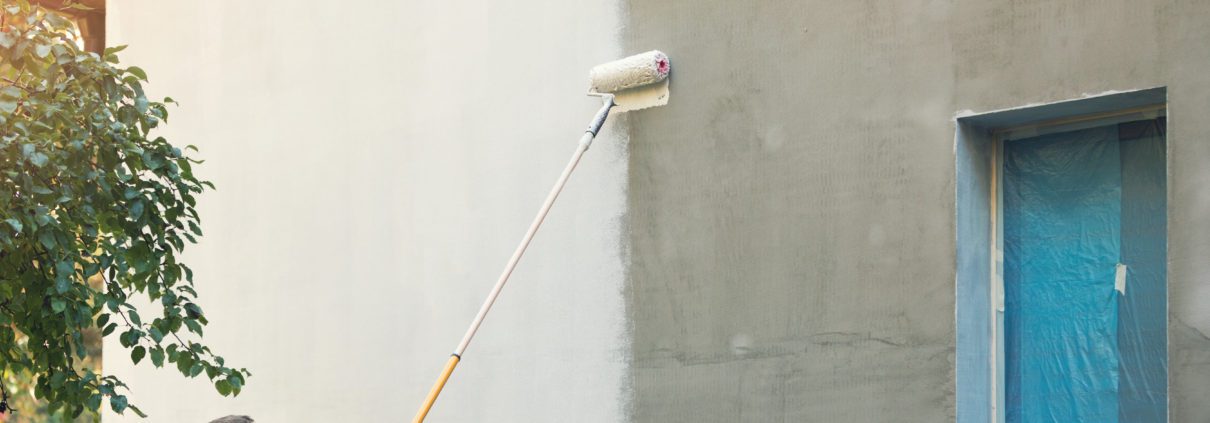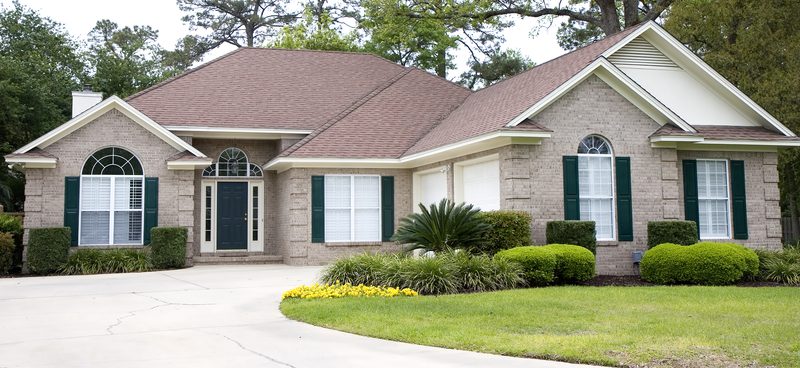As you remodel your home, don’t neglect your backyard. Including your backyard in your remodeling project can enhance your home’s appearance and add to its value. Whatever the size of your lot, you can transform your backyard into an attractive and useful part of your total living space.
Add Water Features
A water feature can add movement, sound, and beauty to your backyard. Most water features combine rock or stone, plants, and of course, some kind of water, such as a pond, waterfall, or fountain. On a small scale, you can use a bubbling urn or bowl on your back porch or in the landscaping along your house.
If you have more space, you can install a garden pond with a mini waterfall. Add aquatic plants and koi fish to complete the look. A circulating pump or aerator will help keep the water clean. Use solar powered pumps so you don’t have to stretch an electric cord across your backyard.
Xeriscape Your Yard
Xeriscaping involves using natural substances in your backyard that don’t need to be watered and requires very little maintenance. Xeriscaping began in the arid climates of the Southwest as a way to replace grassy lawns, but the idea has spread across the country because of environmental concerns. Many also like a xeriscape because it is so easy to take care of—mowing, trimming, and cutting are kept to a minimum.
The xeriscape design uses a combination of drought-resistant plants and landscaping materials such as rocks, pavers, garden stones, and mulch. The type of plants to use depends largely on your climate. Choose native plants that are naturally compatible with the temperatures and precipitation levels where you live.
Replace Grass With Mulch
You may be used to seeing mulch in the landscaping along a house or around trees. Yet, mulch can be used in countless other ways in your backyard, including as a replacement for grass. In many ways, mulch is healthier for the soil than grass. It helps retain water, cools the soil, and adds nutrients as it decomposes.
If you have a patch of lawn where the grass doesn’t grow no matter what you do, consider replacing it with mulch. You can also use mulch as an accent around flower beds and alongside paths. Since mulch comes in a variety of colors and textures, you can create designs by combining different types.
Use Stone or Gravel
Stone or gravel can also be a substitute for grass, especially if you have shady places or poor soil, or you simply want to cut back on the amount of lawn you have to mow or water. There are many different kinds of gravel that can take the place of a water-intensive lawn.
As with mulch, garden stones and gravel come in a variety of colors, sizes, and textures, so you can mix and match them creatively. Rocks discourage weed growth and last for decades, unlike mulch, which needs to be replaced every couple of years. Smaller-sized gravel can also be used for pathways.
Create Paths
Paths are a prominent feature of the world’s most beautiful backyard gardens. Whether made of gravel, flat stones, or pavers, pathways can be practical, providing easy access to a shed, driveway, gate, or other outdoor area. Planned carefully, garden paths can divide a yard into designated zones for recreation, lounging, and enjoying nature. Install paths to follow the ways people are already walking.
Paths can also be strictly ornamental, leading the way through flower gardens, arrangements of shrubbery, or areas left to grow naturally. Well installed, a garden path should require very little maintenance and last for years.
Make a Shady Seating Area
Many houses have a concrete pad outside the back door that can be used for a patio. But often, that area doesn’t get used much simply because it lacks shade. One solution is to add a pergola or gazebo over your patio. Or, build a deck that incorporates a roof of some sort.
Canopies and canvas patio covers can be freestanding or attached to the house, such as a retractable awning. Umbrellas, especially the versatile cantilever umbrella, are also popular options. A cantilever umbrella consists of an adjustable umbrella in a heavy base. Some have wheels so they can be moved around for maximum shade coverage.
Add Lighting
Backyard lighting can be both practical and decorative. Motion-sensor lights can add security and provide instant light as needed for quick trips outdoors. Lights can also add safety by illuminating pathways, steps, and entryways.
To enhance the mood and add a dramatic flair, there are several lighting options to choose from. A spotlight can showcase a special landscaping feature. Colored lights will reflect beautifully when added to a backyard pond. Around the patio, consider string lights under a patio roof or awning.
Use Color
Shades of green are the typical color scheme for a backyard, but there are easy ways to create splashes of color by using plants. Flowering trees, such as the crepe myrtle or magnolia, are colorful additions. There are also many bushes that flower part or most of the year, like the azalea, cinquefoil, or hydrangea. Some plants have foliage or leaves with red, yellow, or orange coloring, such as crotons or coleus.
Flower pots and ceramics clustered in a corner or tucked into shrubbery can create a colorful oasis in an expanse of green, or place a brightly painted bench or stool under a shade tree. Decorative painted tiles can be used on patios or make a beautiful edging for steps and ledges. For an unexpected touch of color, sprinkle shiny colored glass stones among the landscaping gravel.
You may not think of your backyard as a potential remodeling project, but maybe you should. Whether for entertaining friends or just for personal or family use, your backyard can be transformed with a little planning. Creating a beautifully designed and comfortable outdoor space can be a wonderful addition to your home.
Read this next: How to Be a Successful Property Manager

